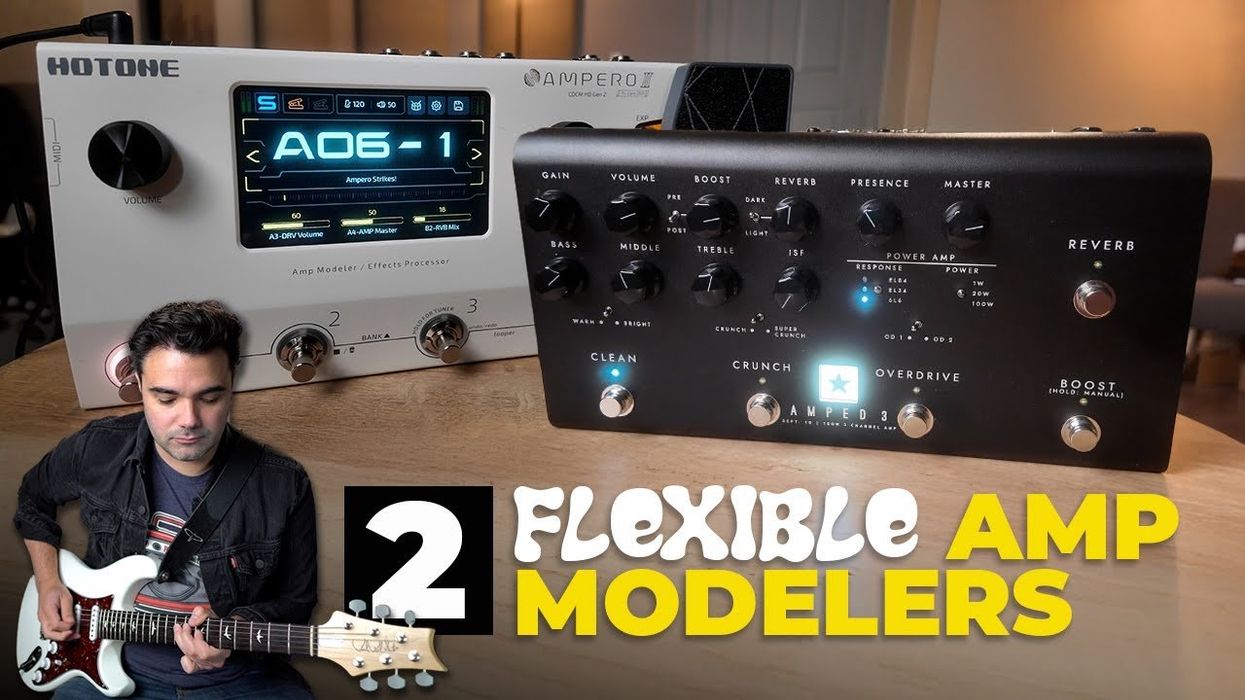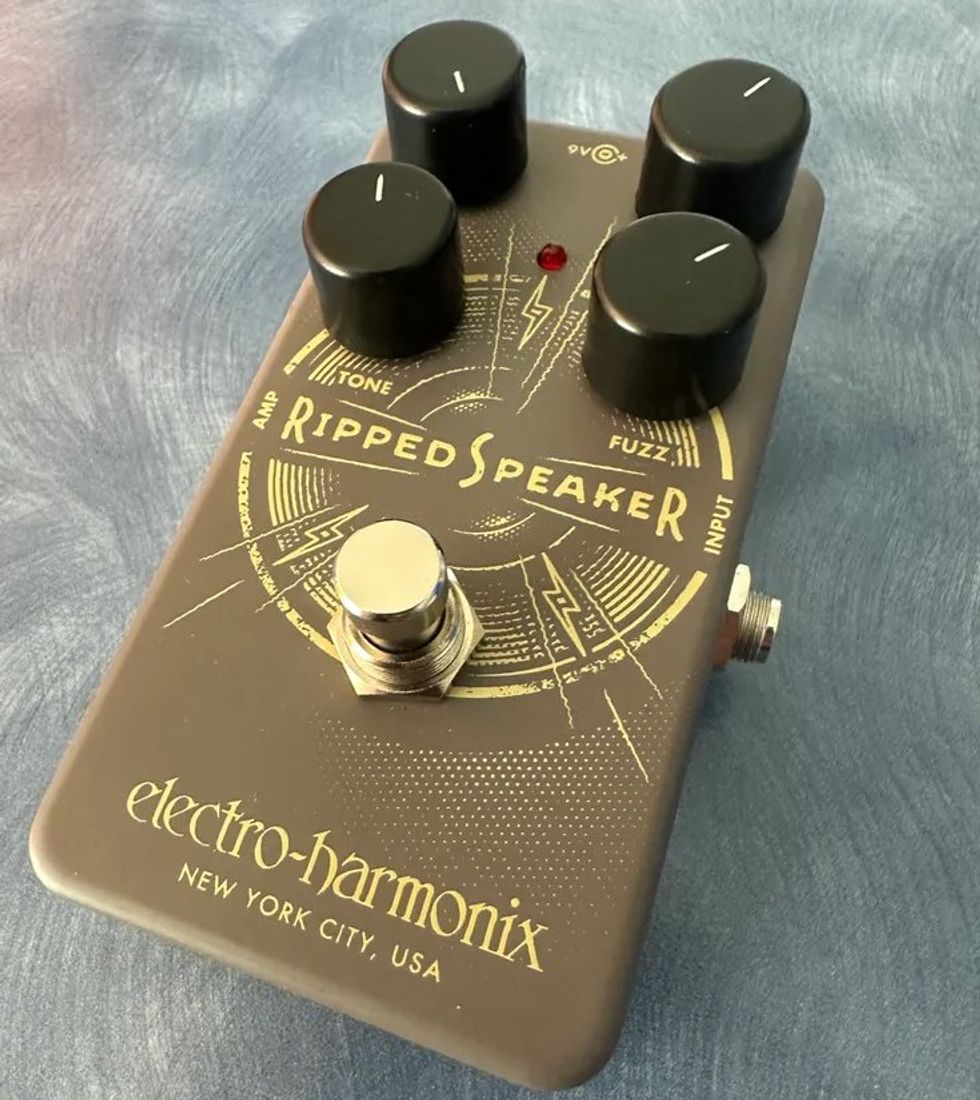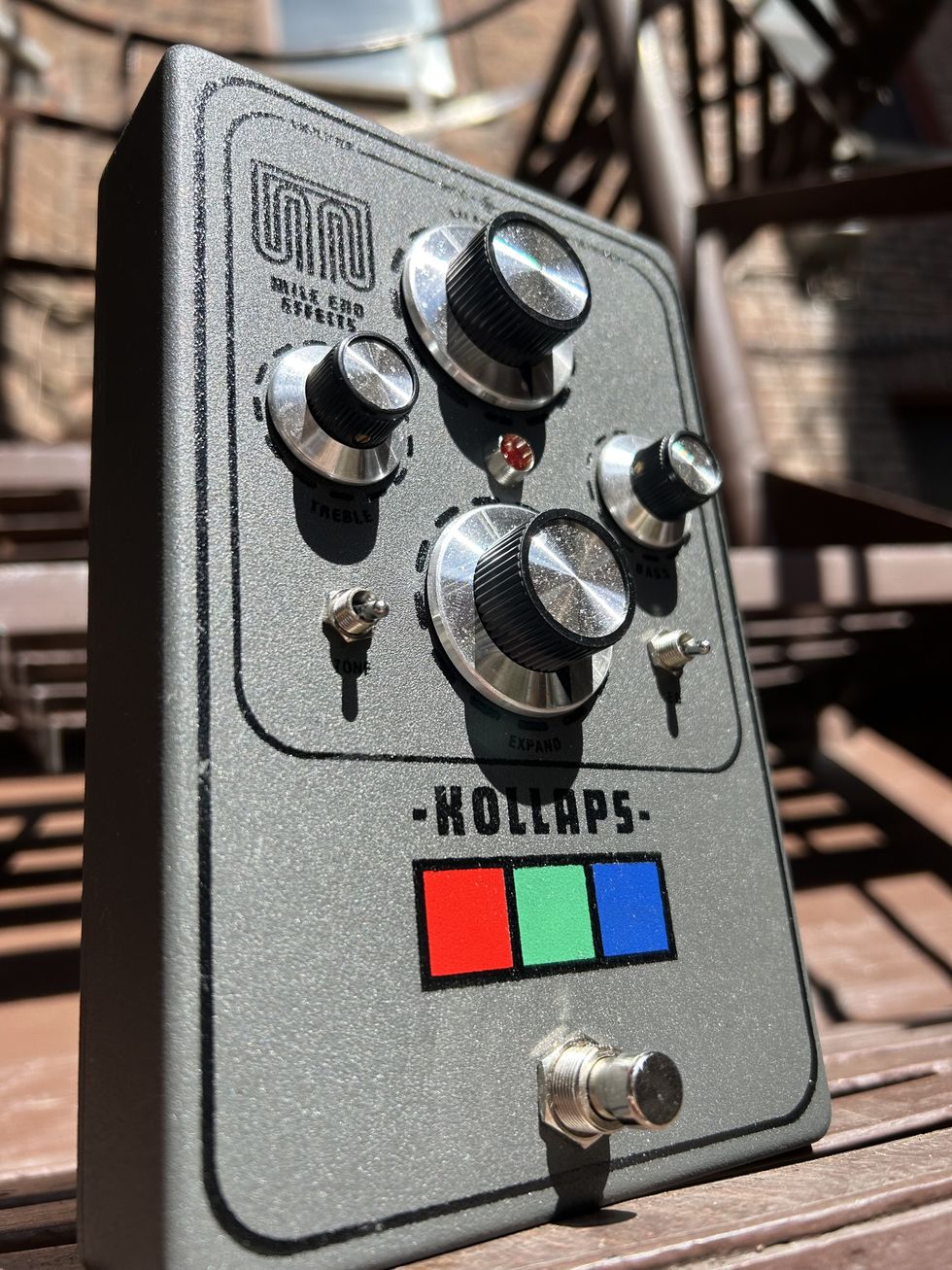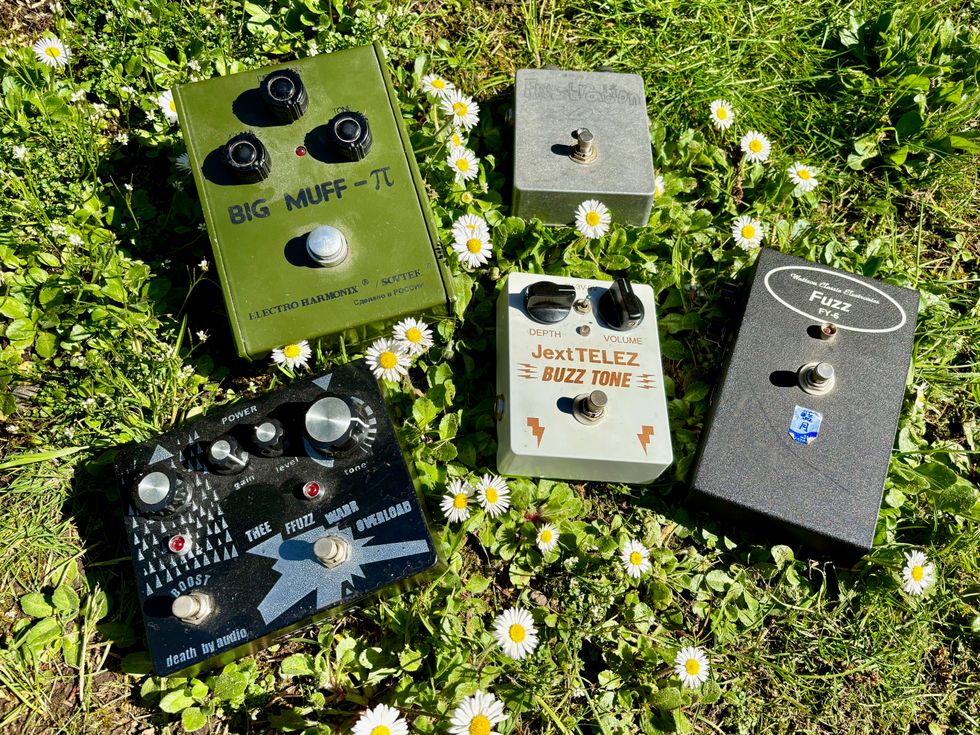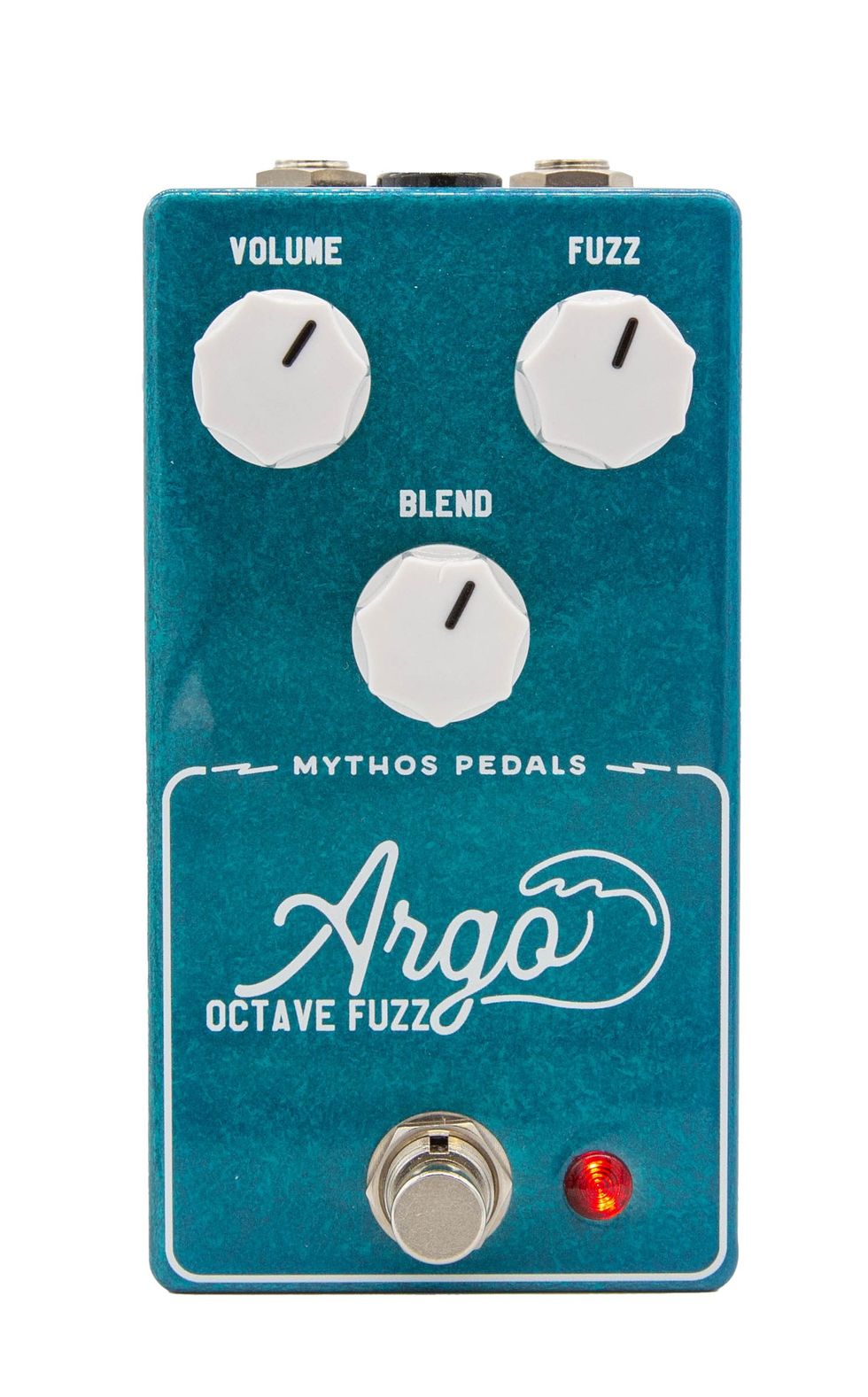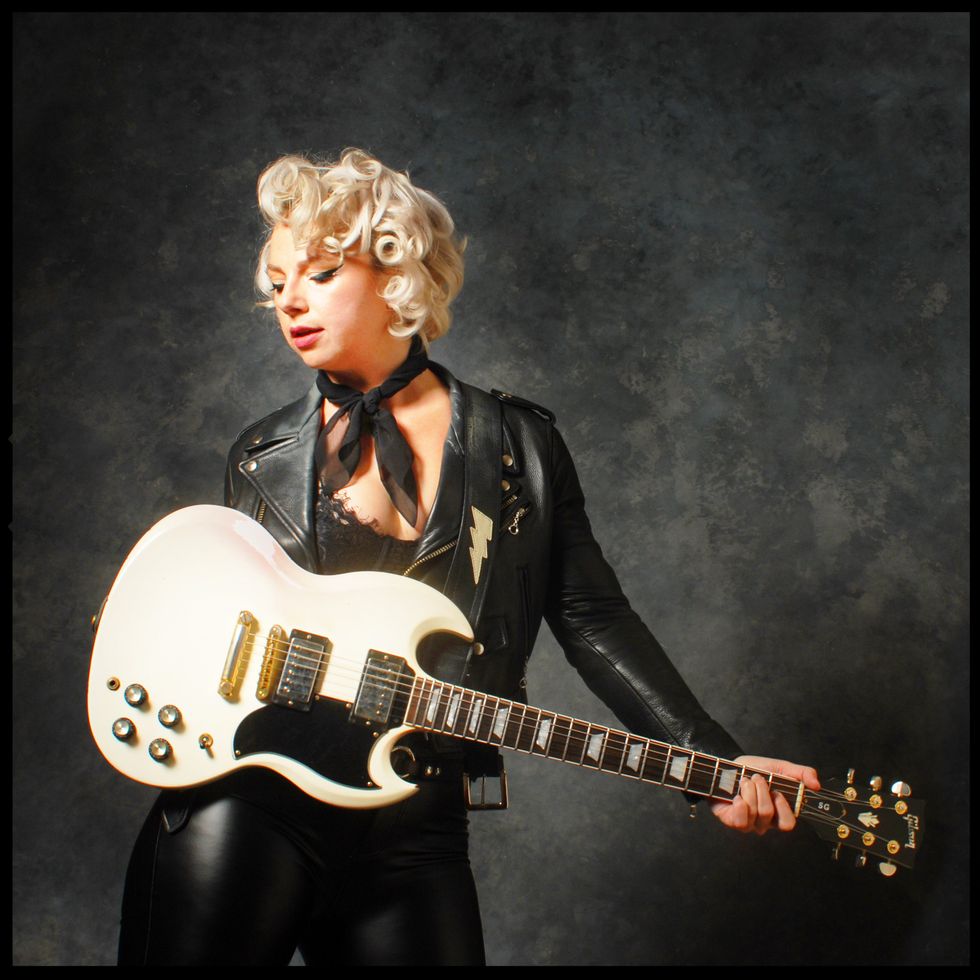Portland, OR (March 13, 2018) -- In keeping with their latest series of visionary effects pedals like the Sneak Attack and Charlie Foxtrot, Malekko releases Downer and Thicken. The latter is designed in conjunction with Colin Newman (Wire).
DOWNER combines the power of wavefolding or saturation, pitch shifting down to one octave, and both high-pass and low-pass filters all in one compact package with just 6 knobs. The PREAMP drives the Wavefolding or Saturation from subtle to extreme. The BLEND control adjusts the Dry/Octave balance from 100% Dry to 100% Octave. the High-pass and Low-pass filters allow for sculpting the perfect tone. Add the ability to assign an expression pedal to your own combinations and settings within these features and in one sweep, you can dial your tone from classic, heavy fuzz to screaming experimental madness!
Features:
- Saturation and Wavefolding
- Control over Octave Down (detune to full octave down)
- High and Low-pass filtering
- Preamp level control
- Assignable expression to combinations of controls and settings
Watch the Downer video demo:
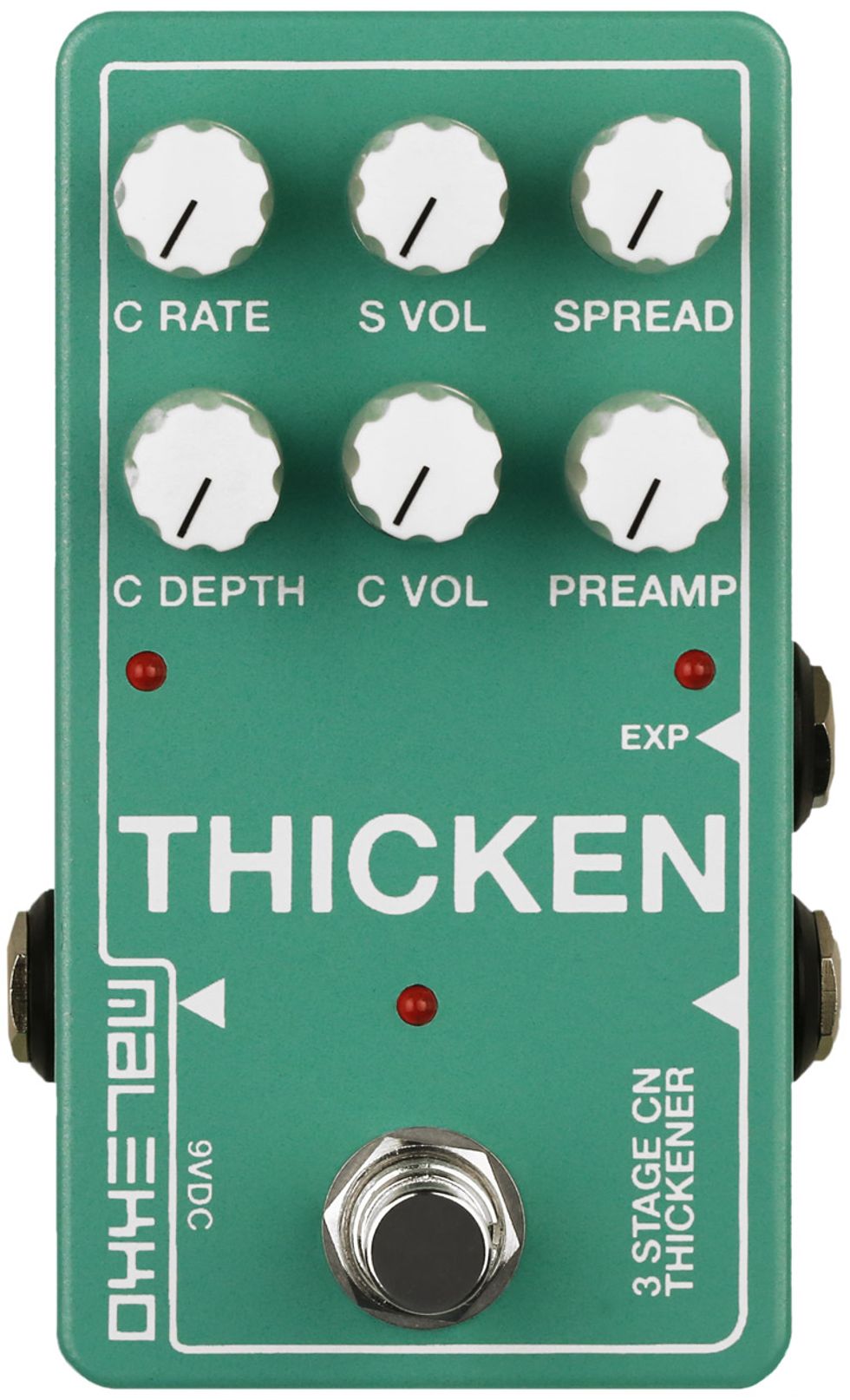
THICKEN has 2 selectable multi-tap delay modes plus a separate chorus, for three delay lines total. Spread determines the delay times, and increasing the spread exponentially widens the delay times. With the addition of Preamp, these controls result in mind-blowing, thicker sounds that any serious player needs.
There are 2 modes of SPREAD time: Exponential and Random, selected by holding down the stomp at power connection. In Random mode, the SPREAD control adjusts between smooth and aggressive time transitions.
Features:
- 2 multi-tap delay modes
- Chorus rate and depth controls
- Spread volume and width control
- Assignable expression input for any combination of controls and settings
- Preamp control
Watch the Thicken video demo:
Both Downer and Thicken can be purchased for $189.
For more information:
Malekko Heavy Industry
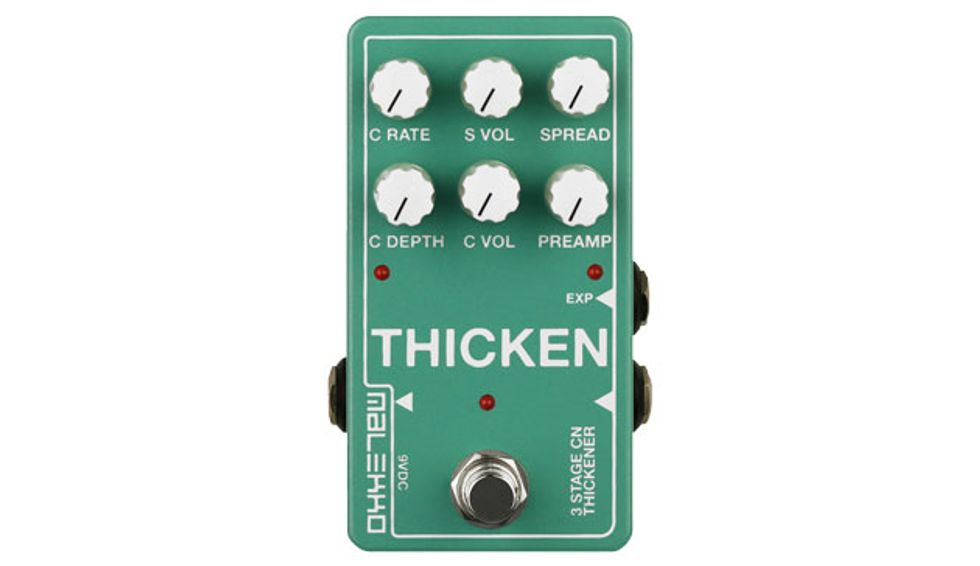

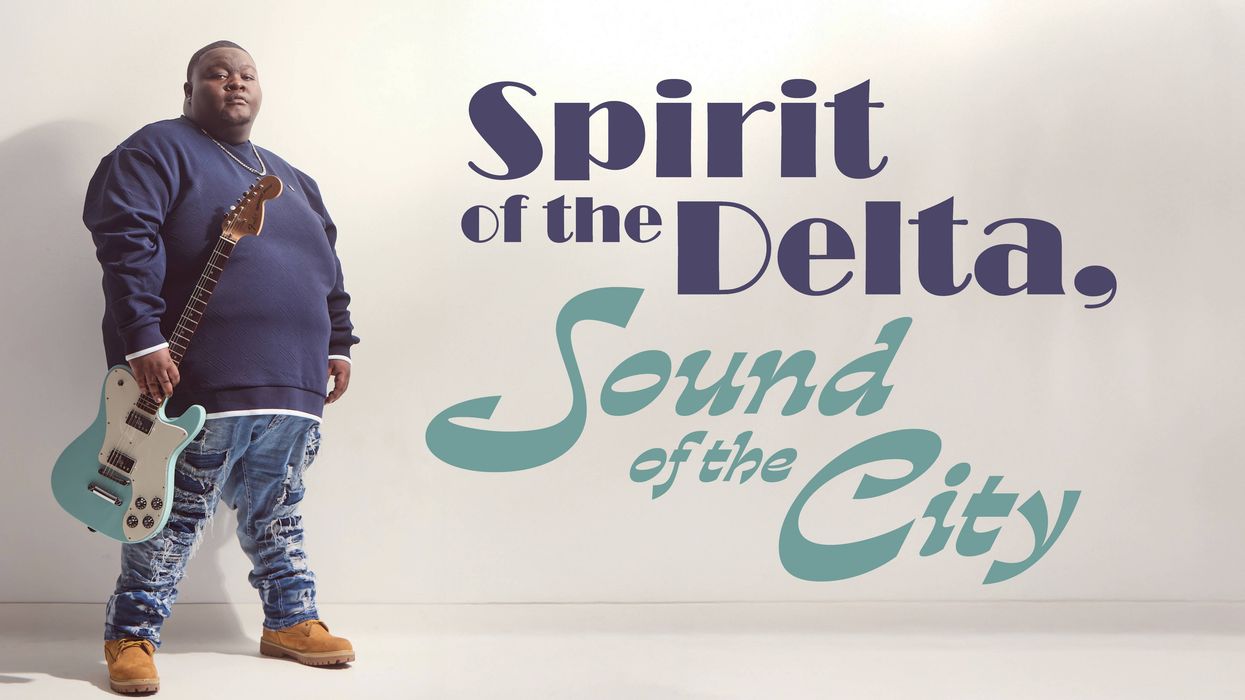
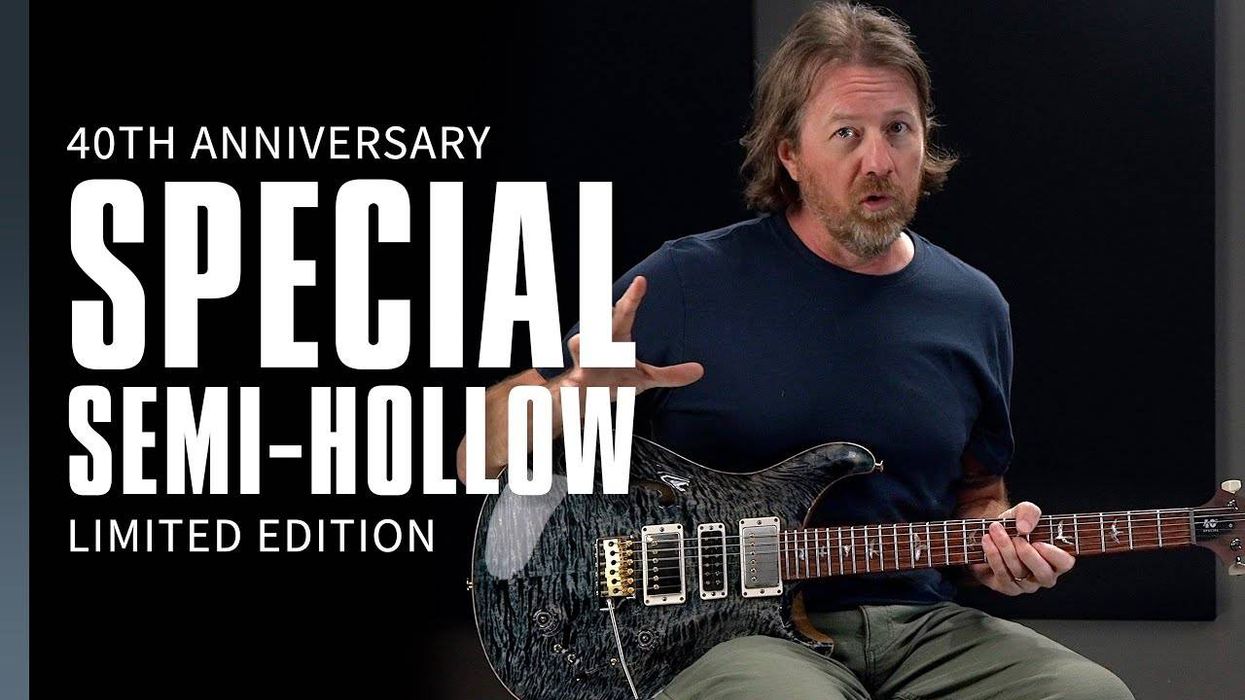
![Rig Rundown: AFI [2025]](https://www.premierguitar.com/media-library/youtube.jpg?id=62064741&width=1245&height=700&quality=70&coordinates=0%2C0%2C0%2C0)
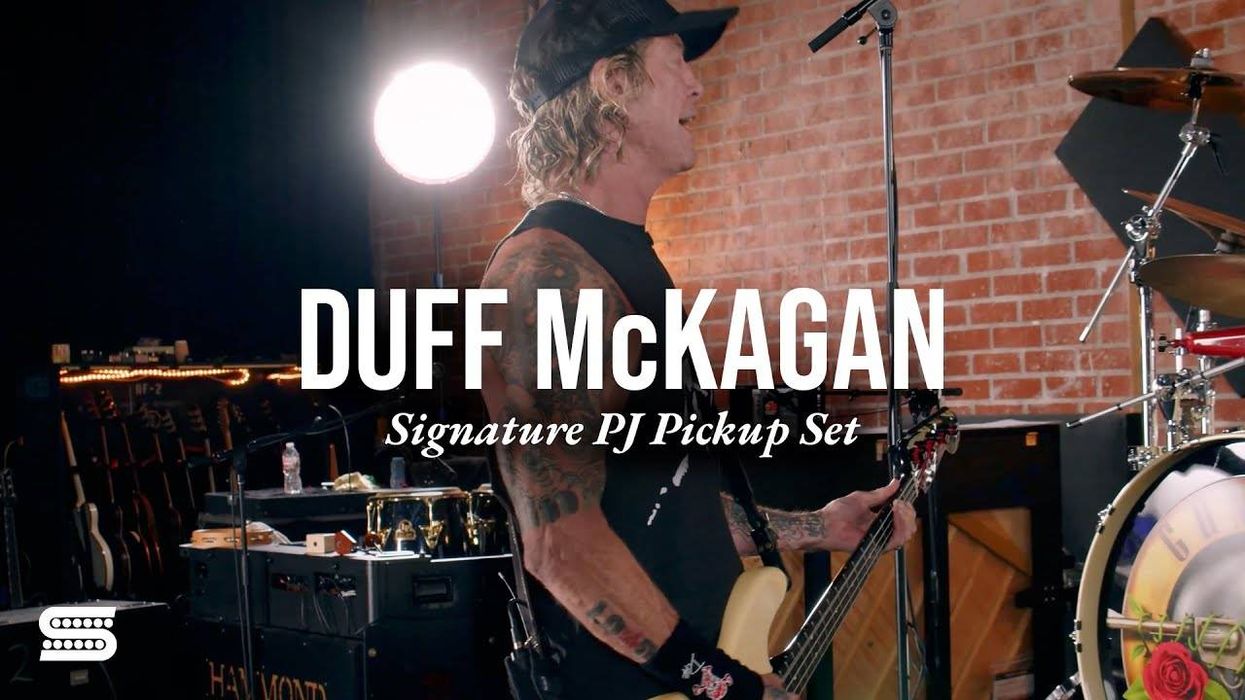




![Devon Eisenbarger [Katy Perry] Rig Rundown](https://www.premierguitar.com/media-library/youtube.jpg?id=61774583&width=1245&height=700&quality=70&coordinates=0%2C0%2C0%2C0)




